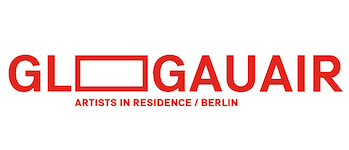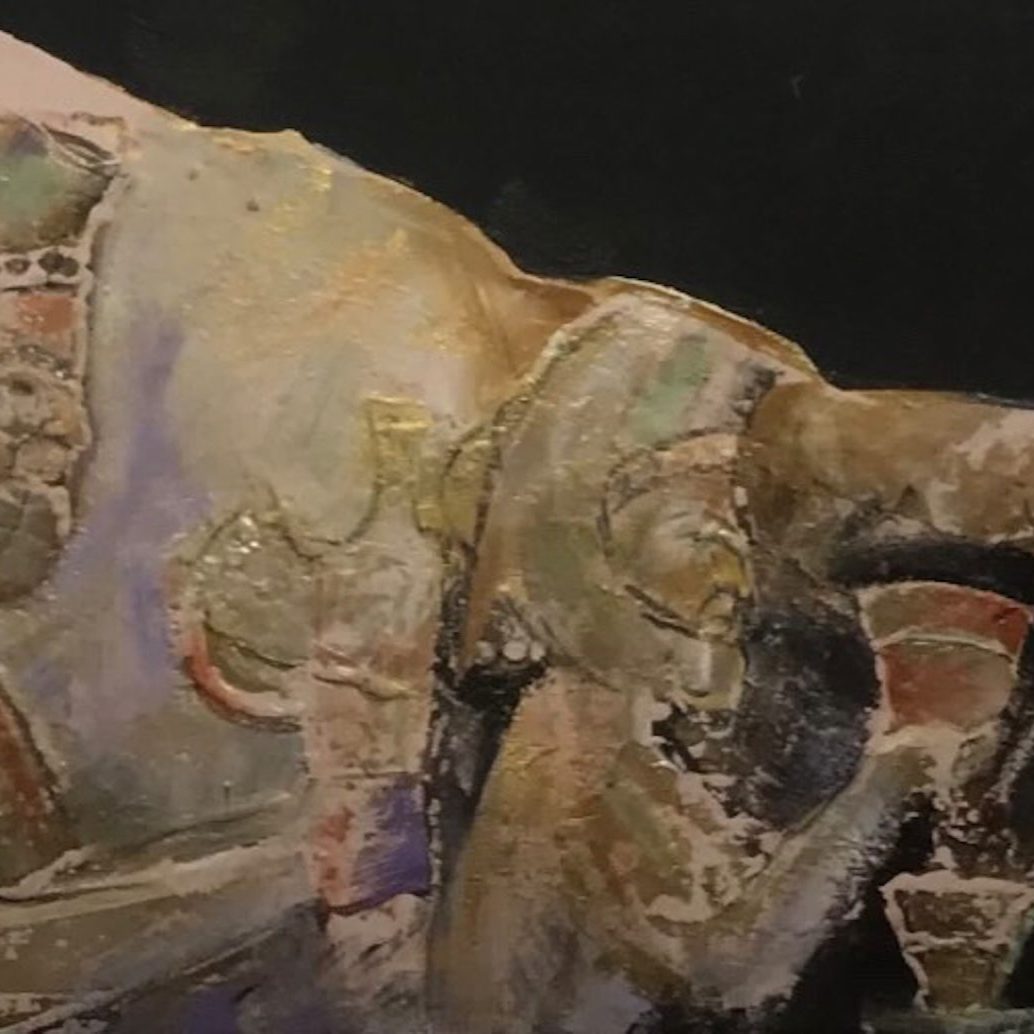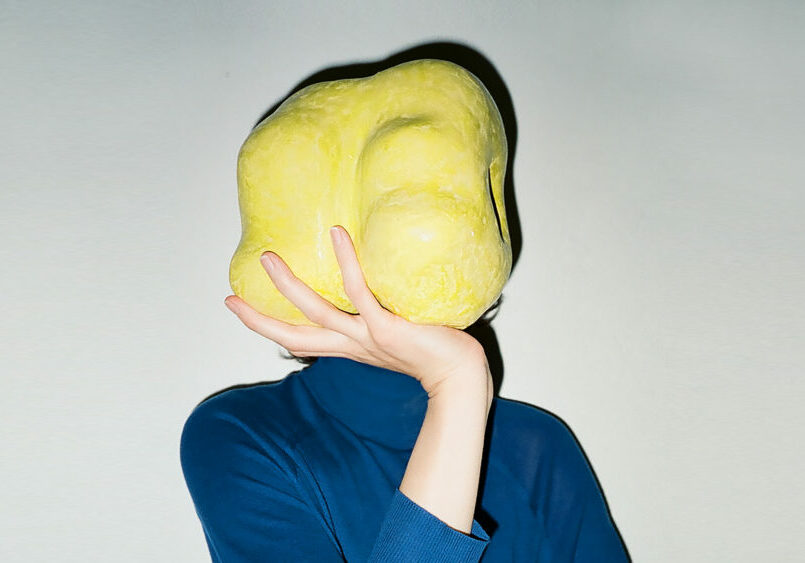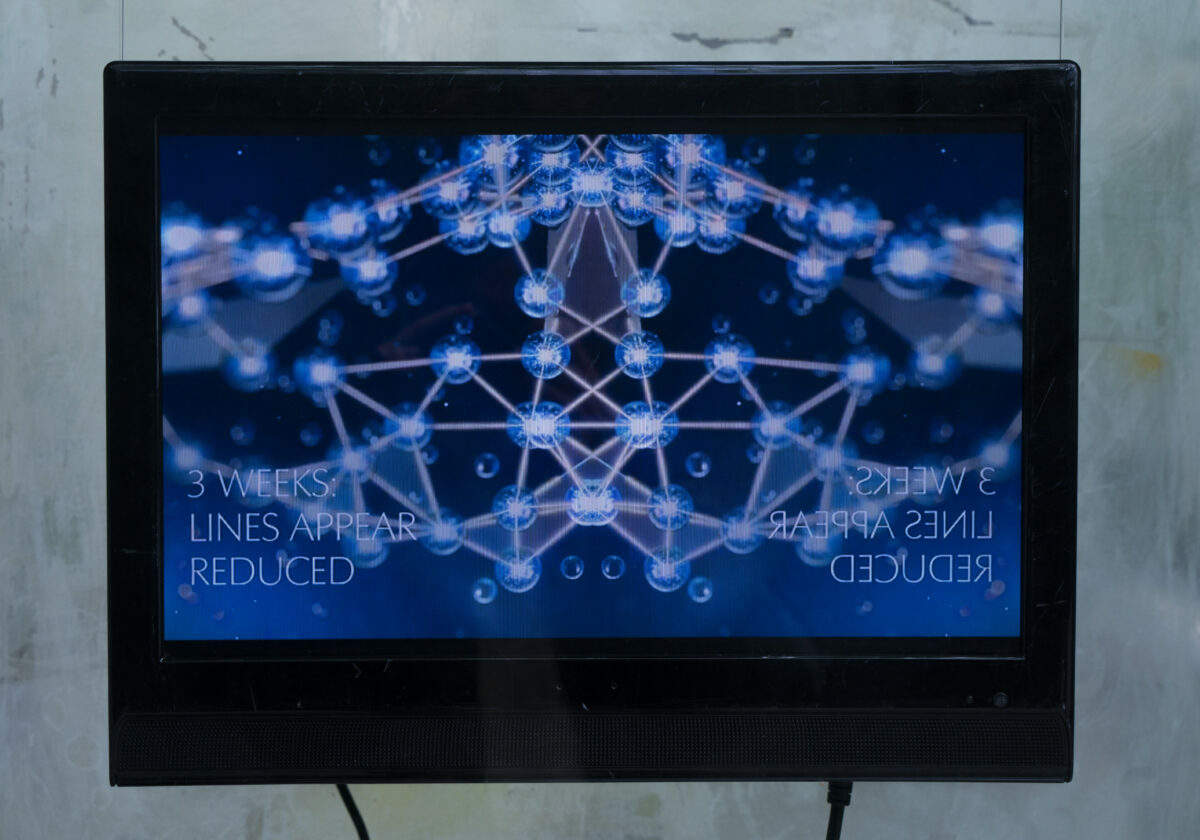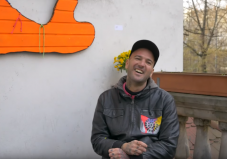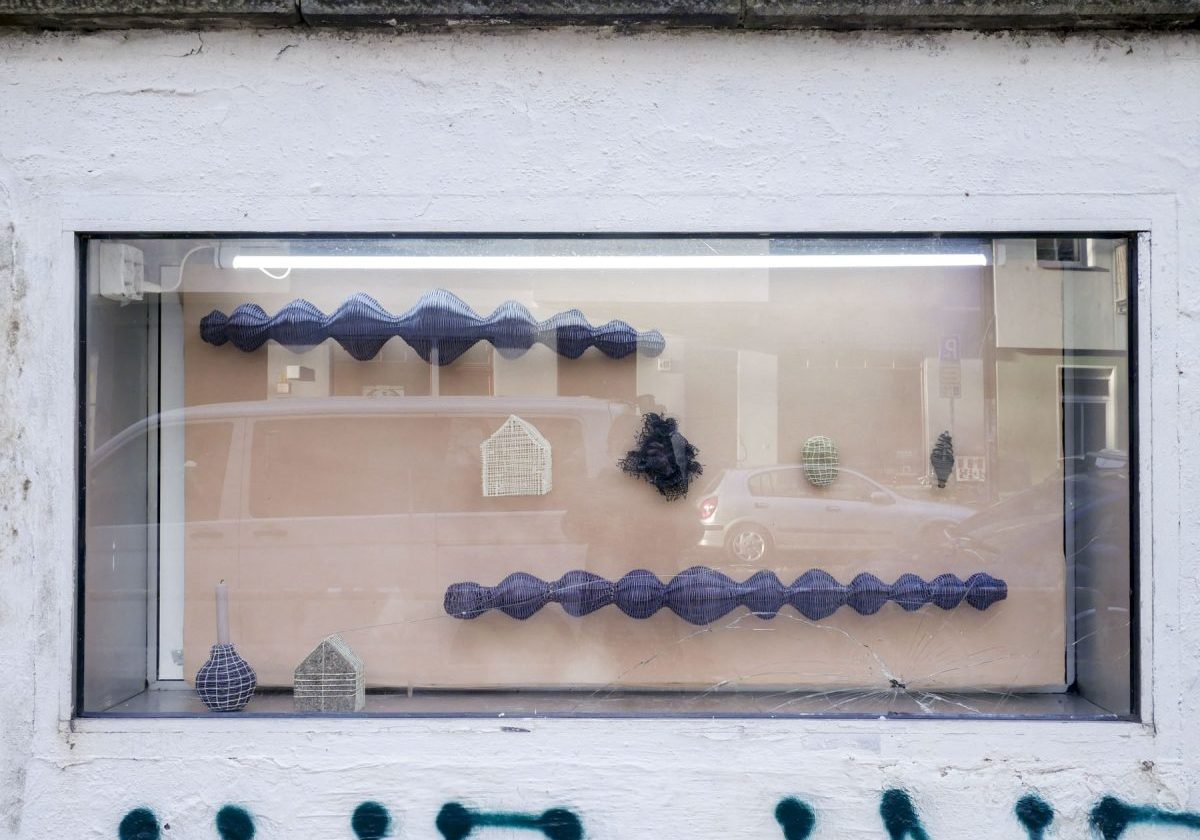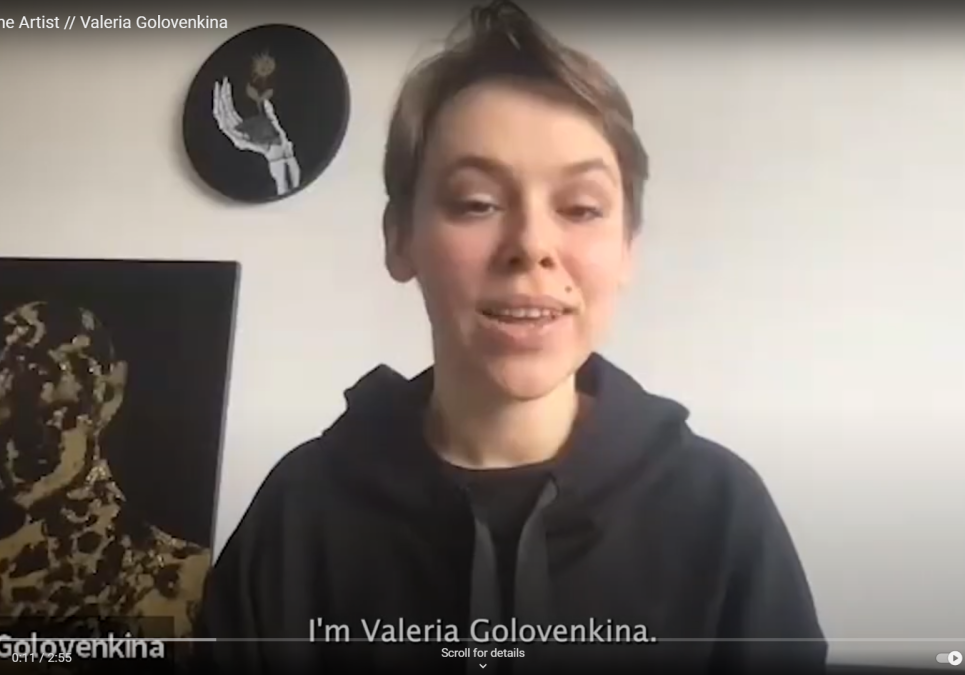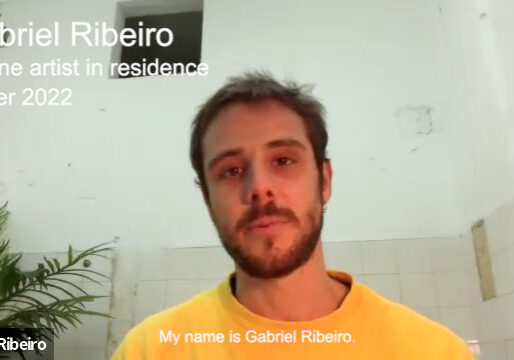Meet the On-line Artist // Solmaz Khaleghpanah
Solmaz Khaleghpanan was born in the summer of 1983 in Ahvaz, a city where the sun touches the most ancient soil of Iran. She has lived for years in the world of images—somewhere between cinema and the canvas. She has worked as a set and costume designer, building and breathing life into characters through her imagination. For her, colors and textures are a language, a means to tell stories that history books have often been pushed to the margins.
Her homeland, Iran, gave the world its first civilizations and the first charter of human rights. Yet many of these stories have fallen silent under the dust of time. Each period of her practice reflects both the world around her and her inner landscape; addressing themes from women’s freedom to the sorrow of cultural heritage destroyed. Historical research is always her starting point, but her destination is a dialogue between past and present, where symbols and memories regain their meaning.
What ideas are most alive in your work right now?
Currently, my work is deeply focused on exploring the impact of cultural destruction and the silence that follows it. I am investigating how historical heritage can be both preserved and transformed through contemporary visual art, using symbolism, patina, and layered textures to evoke the passage of time and the fragility of memory.
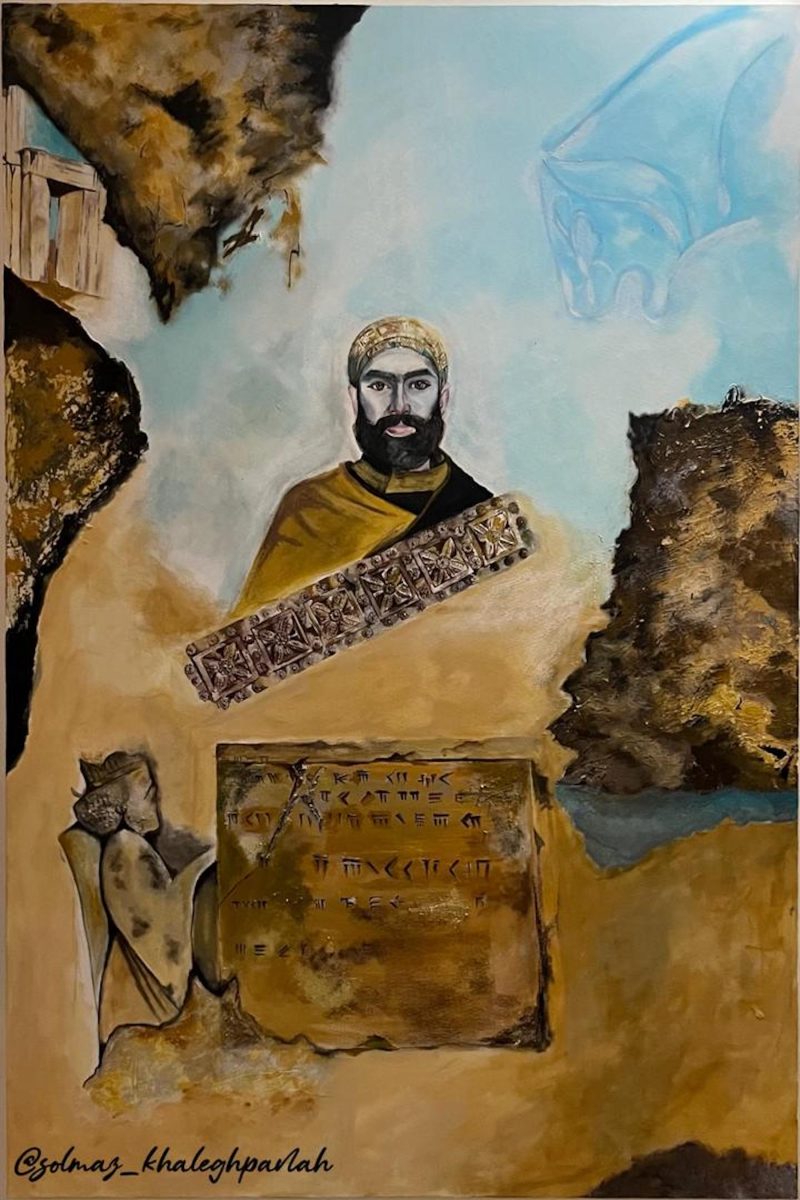
The Silence After the Pillage, 2025
Mixed media (soft pastel and acrylic,water color, Patina effect on canvas)
100*150 cm
Which symbols or motifs are you returning to, and why?
I often return to motifs from ancient Persian civilization, such as architectural fragments, mythical animals, and royal figures. These symbols allow me to engage with the past while reflecting on its relevance today, emphasizing themes of identity, loss, and transformation.
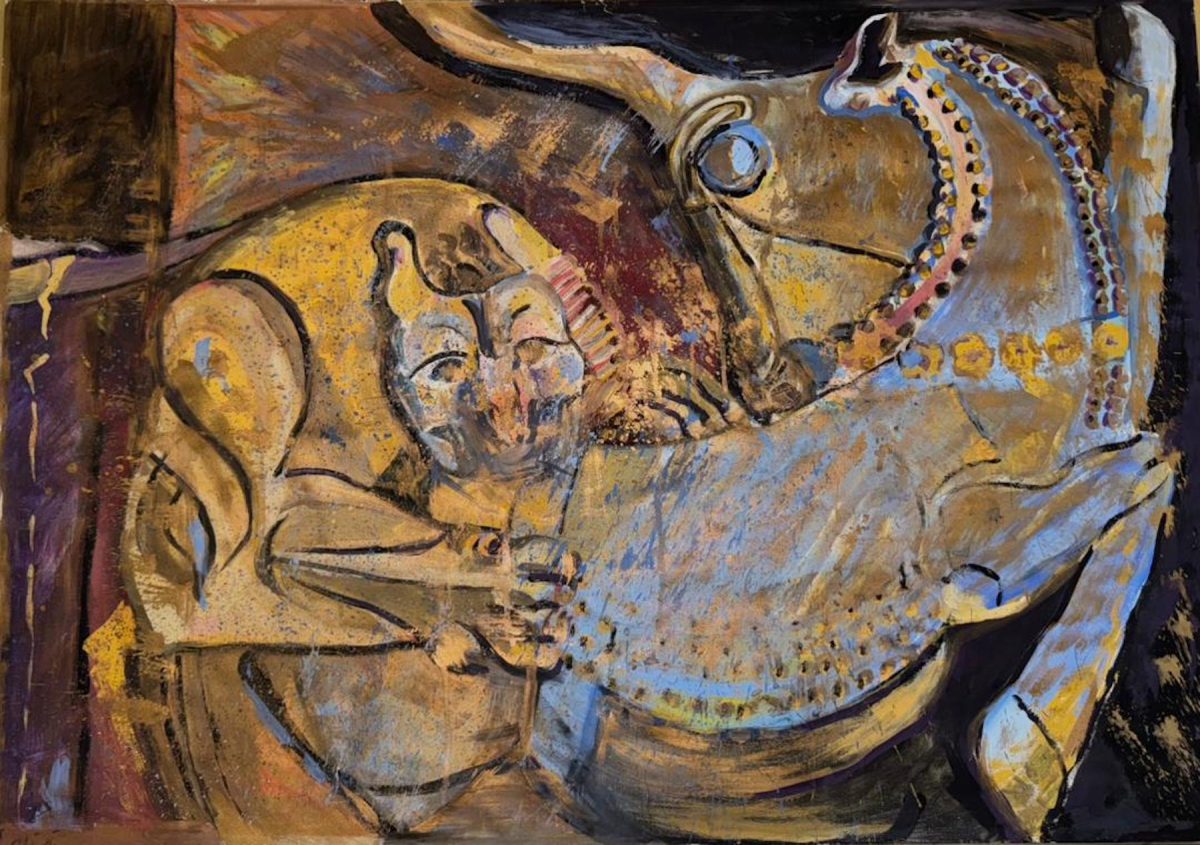 Lion and Bull, 2003
Lion and Bull, 2003
Gouache on board
100*70 cm
How does your research shape what happens in the studio?
Research is central to my practice. I study historical texts, artifacts, and visual documentation to inform the details and textures in my works. Discoveries about ancient craftsmanship, materials, and symbolism directly influence my choice of media, layering techniques, and compositional decisions.
What materials or processes feel essential in this series?
I primarily use mixed media on canvas, combining gouache, acrylic, and materials that create patina-like textures. These textures help me convey a sense of erosion and memory. The layering process allows me to reveal and obscure elements simultaneously, reflecting the complexity of cultural history.
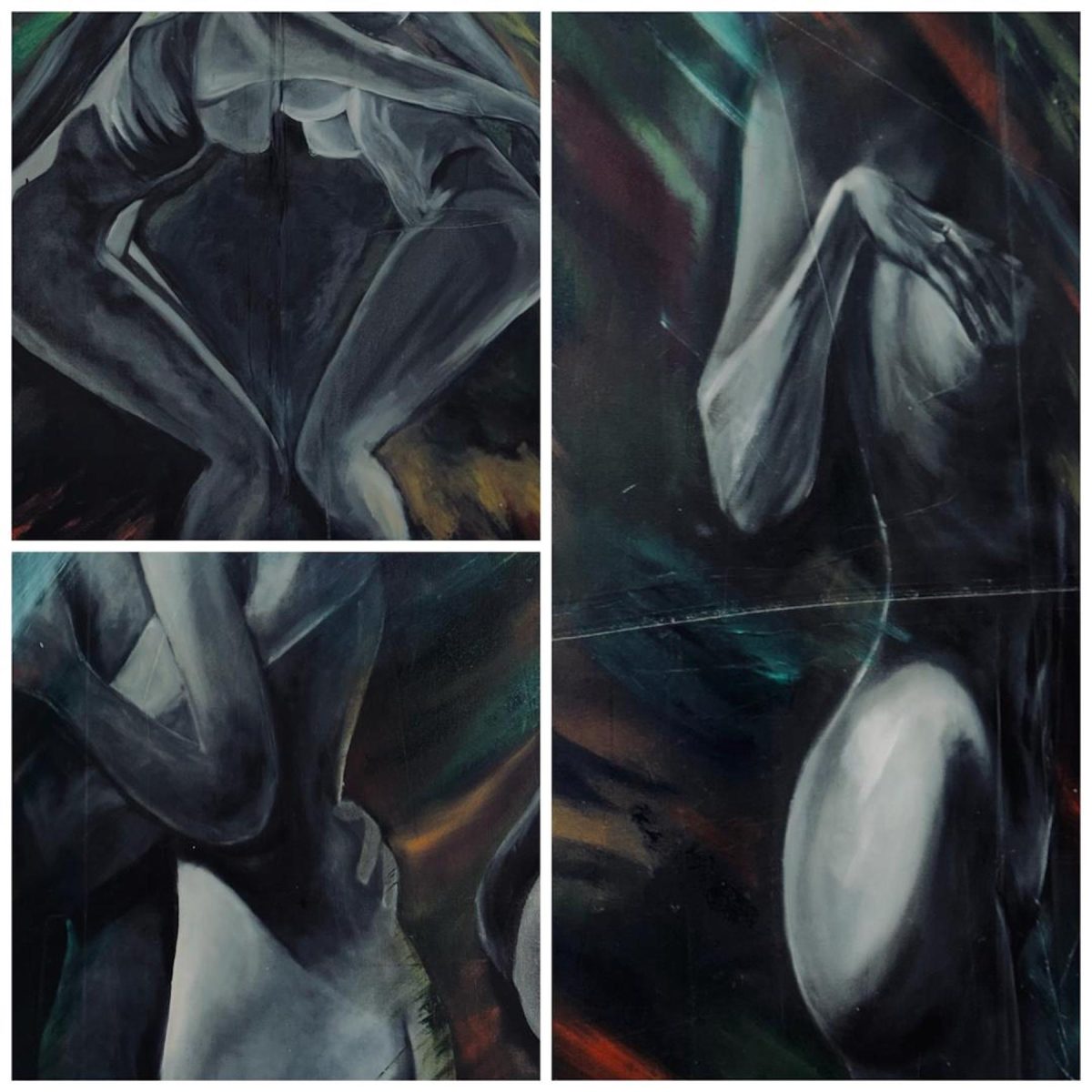
Three stages of a woman’s life, 2015
Oil painting on canvas
200 *150 cm
How do you think your work has shifted over time?
My earlier work focused more on narrative and figurative elements, while my recent pieces have become more abstract and symbolic. I now emphasize emotional resonance and the tension between presence and absence, aiming to create spaces where viewers can reflect on memory and history.
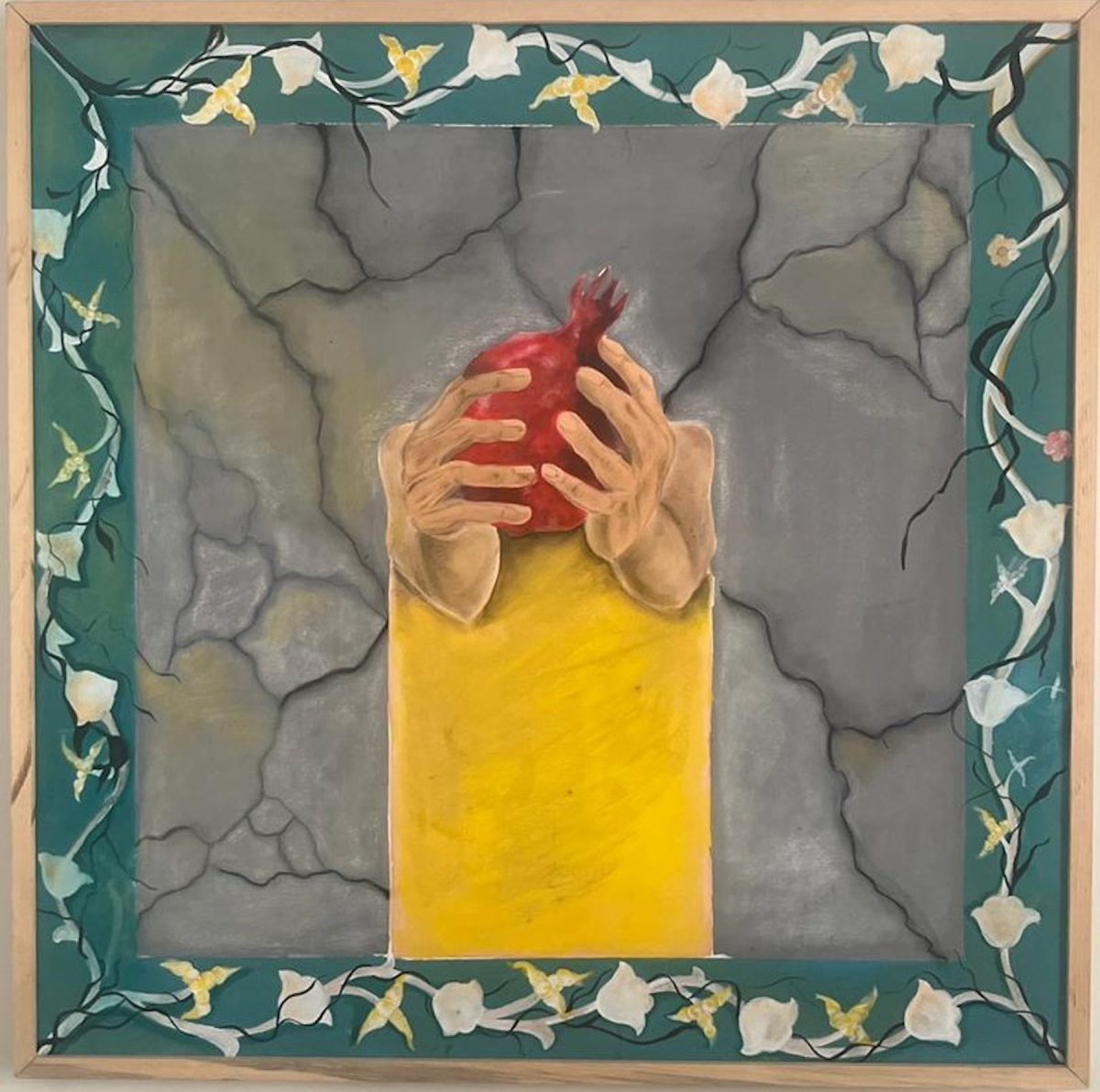
Hands of love, 2018
Acrylic on canvas
90 × 90 cm
What do you hope a viewer carries with them after seeing this work?
I hope viewers leave with a heightened awareness of the fragility and richness of cultural heritage. I want them to feel the weight of history, the traces of loss, and the possibility of reinterpretation and renewal through art.
